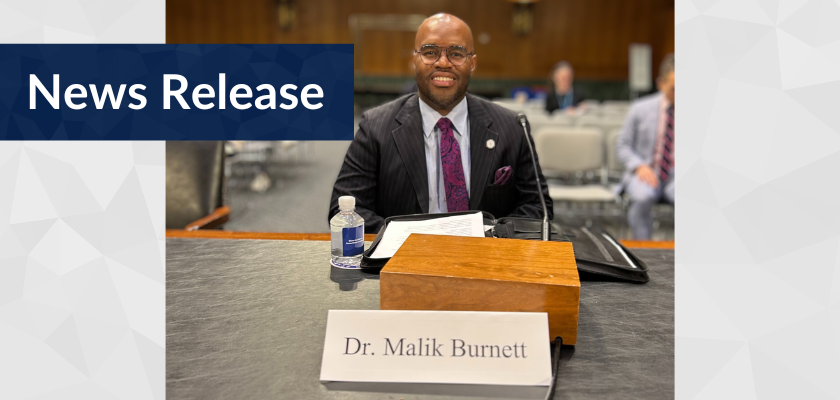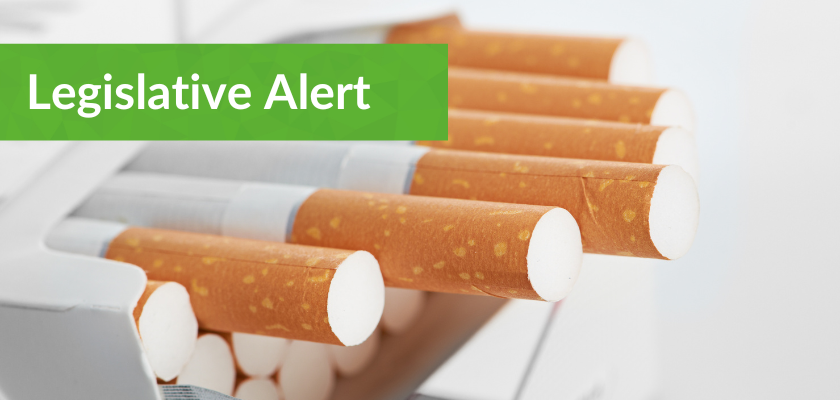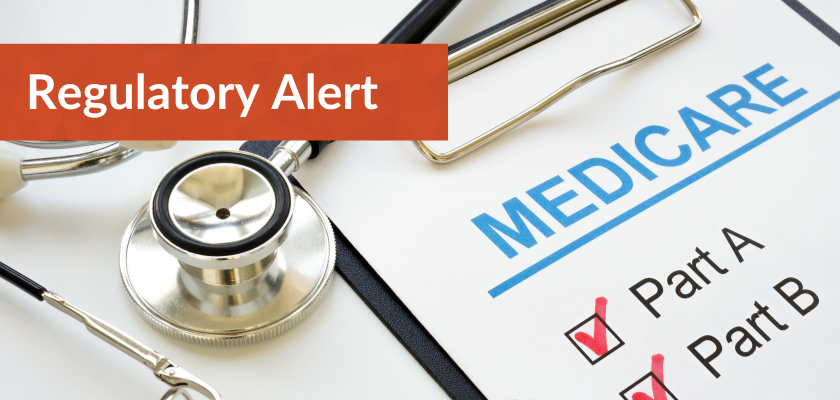News
Reports of Refusals to Fill Buprenorphine Prescriptions Hits New High, but Overall Reports Down

The reports of patients experiencing barriers to fill buprenorphine prescriptions at US pharmacies has been well documented. While there are numerous factors at play behind this phenomenon, ASAM's recent public policy statement on The Role of Pharmacists in Medications for Addiction Treatment sheds some light on two commonly reported issues: suspicious orders and red flags.
ASAM took a look behind the data that has been self-reported in 2024 through ASAM's Pharmacy Access Survey to examine the interplay of these two issues on buprenorphine access.
Digging deeper, it is important to note that DEA-registered manufacturers and distributors must report “suspicious orders,” including unusual sizes, patterns, or frequencies of orders of controlled substances to the DEA and relevant division offices, through the DEA’s centralized database, the Suspicious Orders Report System (SORS) required by 2018 federal legislation. Although the DEA in 2023 clarified that neither the DEA, nor the Controlled Substances Act (CSA) regulates the volume of controlled substances with quantitative thresholds that limit registrants’ ordering or dispensing, registrants must have a system to identify suspicious orders. This may involve the use of self-set purchasing thresholds that pharmacies do not have insight into, leading some pharmacy shelves empty of buprenorphine when they hit these thresholds.
Another determining factor contributing to access challenges at pharmacies is pharmacists’ application of, and attempts to resolve, red flags applied to buprenorphine prescribed for OUD under DEA policy, which is largely imposed on DEA-registered pharmacies and pharmacists through adjudication. Under DEA regulations, pharmacists have “corresponding responsibility” with prescribing practitioners for the proper prescribing and dispensing of controlled substances. To be “effective,” controlled medication prescriptions must be “issued for a legitimate medical purpose by an individual practitioner acting in the usual course of his [sic] professional practice.” “Knowingly filling” a purported prescription for a controlled substance that was not so issued is subject to penalties. While the DEA recommends best practices for identifying out of scope prescriptions in The DEA’s Pharmacists’ Manual, pharmacies must generally glean red flags from the DEA’s regular enforcement actions. These enforcement actions – for certain controlled medication dispensing practices when red flags suggestive of diversion were not resolved prior to dispensing – revoke pharmacies’ DEA registrations.
Looking at self-reported data in ASAM's survey, there are some interesting developments since ASAM's last report on the survey in late 2022. At that time, data from almost 200 self-reports found that:
- 45% of pharmacies/pharmacists declined to fill prescriptions for buprenorphine; and
- 41% of pharmacies/pharmacists were unable to fill prescriptions for buprenorphine due to inadequate stock of the medication; and
- Indiana, Florida, Tennessee, Texas, and Illinois constituted almost 50% of the reports.
Fast forwarding to 2024, reports of pharmacies to ASAM of pharmacies/pharmacists not filling prescriptions has dramatically decreased with less than 50 reports this year total. However, of the reports that ASAM has received, the data shows that:
- 76% of respondents reported that the pharmacy/pharmacists refused to fill prescriptions for buprenorphine;
- 16% of respondents reported that the pharmacy/pharmacists were unable to fill prescriptions for buprenorphine due to inadequate stock of the medication; and
- Half of reports have been from Tennessee, while the rest have mainly been from New York and Illinois.
While this data alone cannot prove that suspicious orders or red flags are at issue, they are useful measures for gleaning some insight into the current landscape.
Additionally, prescriptions issued via telemedicine, a patient's distance from their prescriber/pharmacy, and pharmacies declining to accept new patients all appear to be prevailing themes cited by clinicians reporting issues in 2024.
While the decrease in reports of pharmacy barriers is encouraging, there continues to be more work to do to ensure all patients have appropriate access to life-saving medications. That's why ASAM has endorsed the The Broadening Utilization of Proven and Effective Treatment for Recovery Act (the BUPE for Recovery Act) (H.R. 9886 / S. 5271), which would require the DEA Administrator to temporarily exempt buprenorphine from SORS for the remainder of the opioid public health emergency. ASAM also recently endorsed new guidelines from the National Association of Boards of Pharmacy and the National Community Pharmacists Association, designed to educate pharmacists about the importance of providing access to buprenorphine and help them navigate a complex set of regulatory and clinical barriers to access.
Learn more here about ASAM's pharmacy access resources.


.png?sfvrsn=cbf4e822_1)




